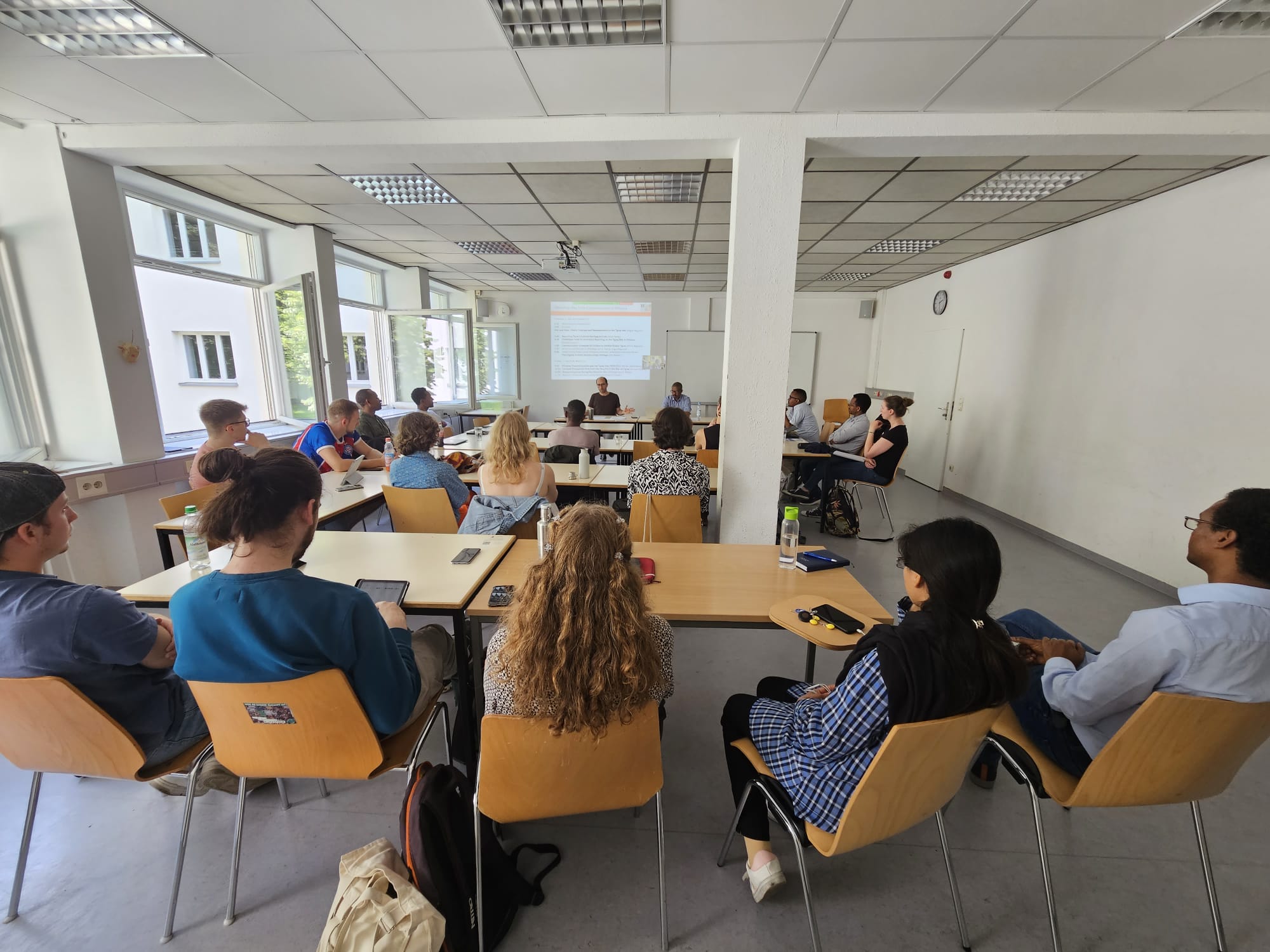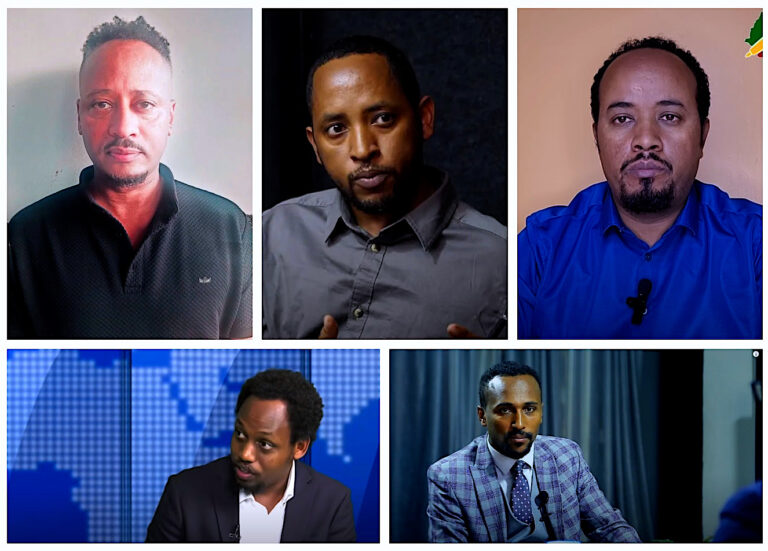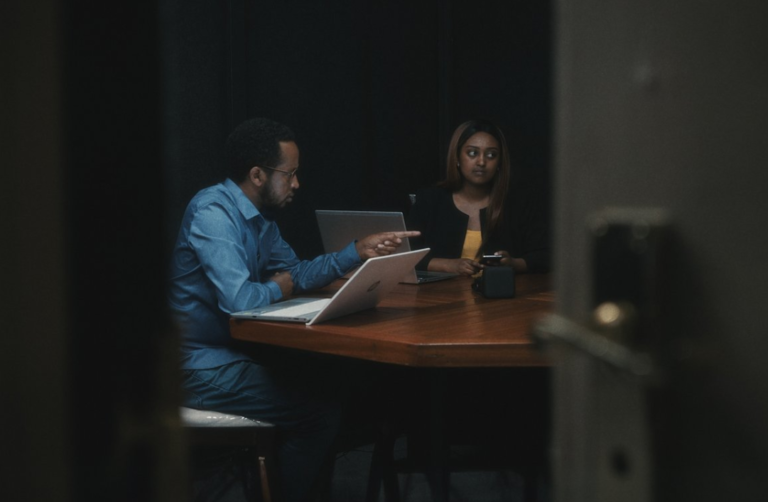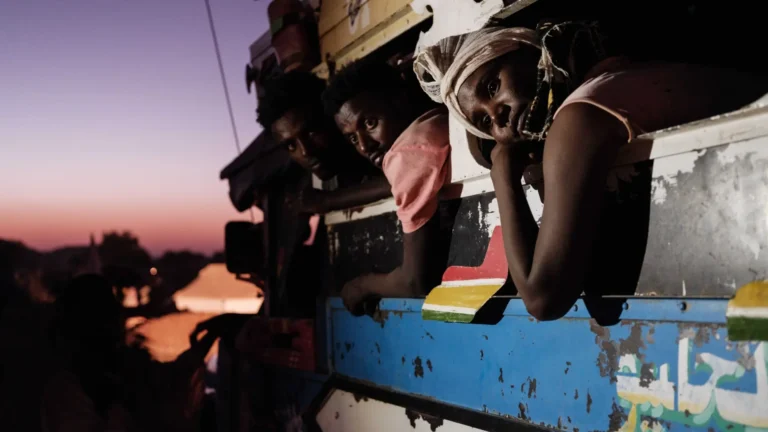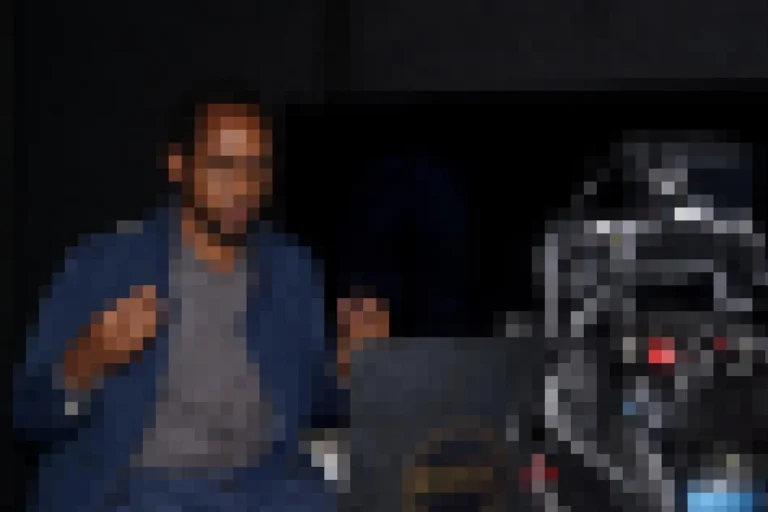Workshop Explores Wartime Communication in Ethiopia
On July 11–12, 2024, the Institute of Social and Cultural Anthropology at Ludwig Maximilian University (LMU) Munich hosted a workshop titled “War-Time Communication in Ethiopia: Case Studies and Perspectives with an Emphasis on the Conflict Since 2020.” Supported by the Gerda Henkel Foundation, the event examined the strategies, tactics, and impacts of communication in Ethiopia’s historical and recent conflicts, with a particular focus on the Tigray War.
Organized by Prof. Dr. Magnus Treiber and PhD student Woldegiorgis G. Teklay, the workshop brought together scholars, researchers, journalists, and Gerda Henkel Foundation fellows to discuss theoretical and ethical dimensions of wartime communication. It featured eight presentations highlighting themes such as media coverage, propaganda, hate speech, and the ethical challenges of reporting during conflicts.
Day one opened with a keynote by Dr. Hagos Nigussie on “War and Hate: Media Coverage and Representation in the Tigray War.” Subsequent presentations explored topics such as the challenges of reporting Tigray’s cultural heritage by Dr. Alula Tesfay, obstacles faced by journalists during the war by Bereket Hassen, and civilian communication strategies in conflict zones by Efrem Nigussie. A video presentation by Piet Nieder, “the Fragility of Addis Ababa’s Urban Heritage,” wrapped up the day.
Day two delved into broader transnational and historical perspectives. Mitiku Gebrehiwot analyzed the Tigray War through the lens of transnationalism, while Samuel Kidane highlighted propaganda tools revived from Ethiopia’s Derg era. Woldegiorgis G. Teklay concluded with a presentation on the weaponization of hate speech during the war. Discussions also addressed the role of social media and digital platforms in shaping public perceptions and outcomes in the conflict.
The workshop provided a platform for thought-provoking discussions on how communication influences conflict dynamics and emphasized the need for ethical approaches to wartime reporting and media practices.
Full report is attached.

